The bakers who saved the Cornish pasty
Proper Cornish pasties were in danger of dying out, but, thanks to a dedicated band of bakers, all that’s changed. Emma Hughes finds out how the West won.
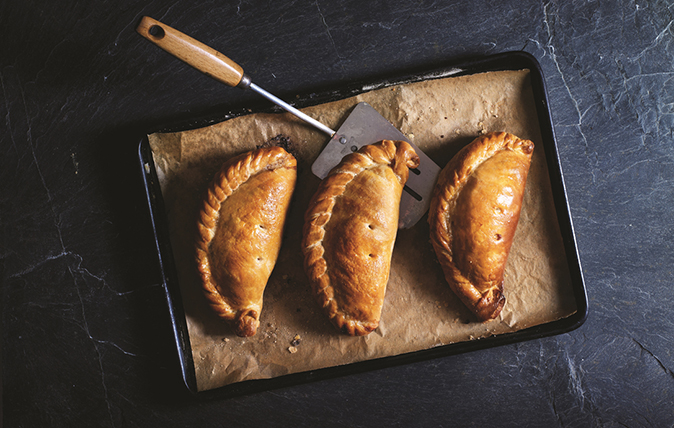

Question: what do pandas, the Peak District and Cornish pasties have in common? Answer: they all enjoy special, legally protected status, on account of being considered at risk.
‘Pasties, at risk?’ I hear you cry. ‘Ridiculous. I picked one up this morning at the station. It was filled with chicken and chorizo and jolly nice it was, too.’ And therein, reader, lies the problem. Although pasties—crimped, D-shaped pastry cases enclosing a filling—are everywhere, the proper Cornish variety, of the kind that tin-miners’ wives baked for them in the mornings to fill them up at lunchtime, is a rarer beast.
For a time, it looked as if it might disappear altogether, unable to compete with mass-produced imitations trading on its heritage (the first recorded pasty recipe appears in a 14th-century cookbook).
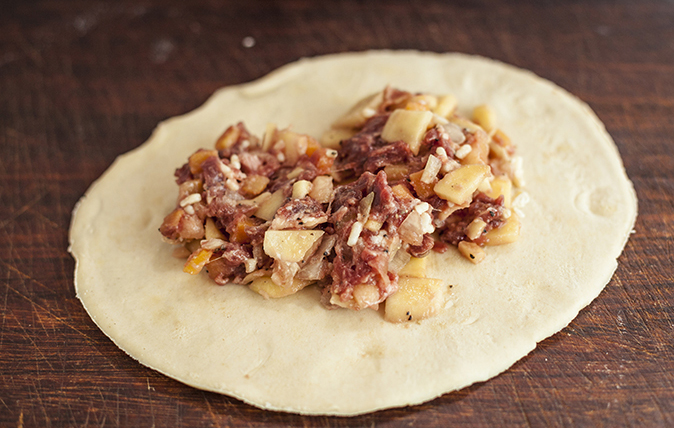
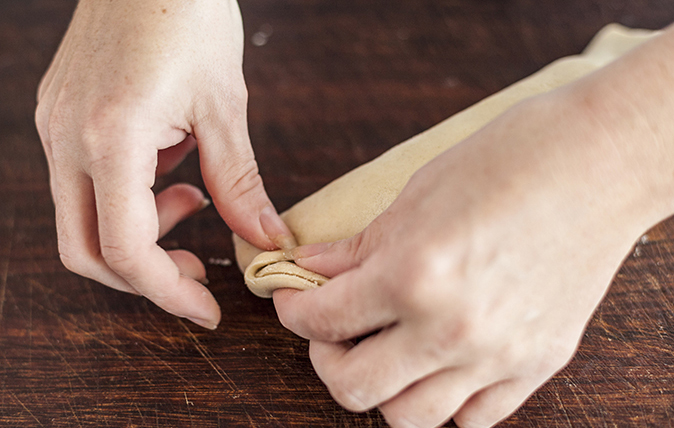
‘What’s the difference?’ you demand (gosh, you’re a rowdy lot). For the definitive answer, we have to go to the Cornish Pasty Association, a regulatory body set up to ‘protect the quality and reputation of authentic Cornish pasties’. Formed in 2002 by a group of producers who were worried about the market being swamped with cheap, corner-cutting imitations, it lobbied for the real thing to be awarded a Protected Geographical Indication (PGI) designation like Melton Mowbray pork pies, Stilton and Jersey royals and, in 2011, the group got its wish.
As a result, if you want to call your pasty Cornish today, it must contain a minimum of 12.5% meat (roughly diced or minced beef; skirt steak is the connoisseur’s choice) and 25% vegetables (potato, swede and onion). For the fullest flavour, all of the ingredients must be raw when they go into the uncooked pastry, which can be puff, rough-puff or shortcrust—as long as it’s sturdy enough to survive a trip down a mineshaft—and the crimping must be along the side, not at the top.
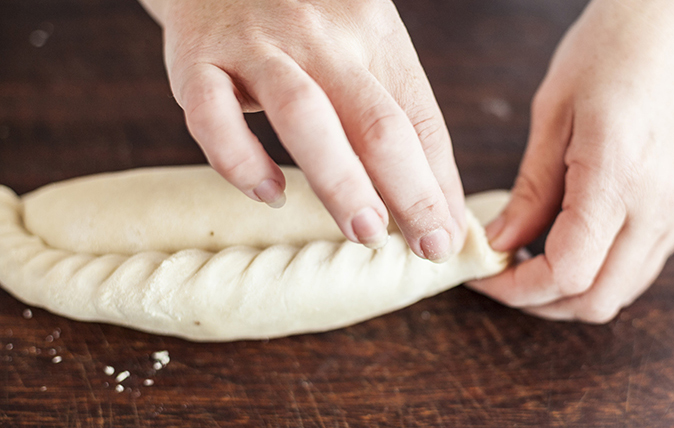
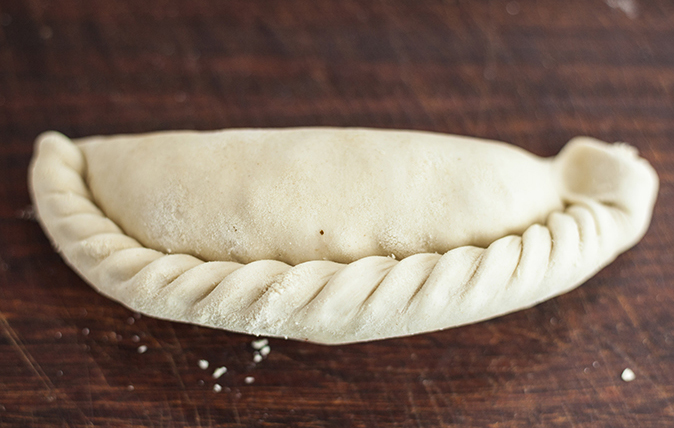
Oh, and you need to be making it west of the Tamar. No ifs, no buts. If it ain’t assembled in Cornwall, it ain’t a Cornish pasty. This isn’t a piece of West Country whimsy: most are still crimped by hand, which means that the industry fosters traditional skills and supports thousands of full-time jobs. In a largely seasonal economy, that makes a big difference.
Has all of this done the trick? Yes, in a word. Proper Cornish pasties are no longer being elbowed out by knock-offs made hundreds of miles away and we’re currently getting through at least 120 million of them every year. Although Brexit has cast a shadow over PGI produce—the UK will need to put equivalent designations in place after we leave the EU and Defra has said that discussions will be taking place about new protections —for the moment, all is golden.
Sign up for the Country Life Newsletter
Exquisite houses, the beauty of Nature, and how to get the most from your life, straight to your inbox.
‘They are really, really popular in Cornwall still; it’s not a gimmick intended for tourists,’ says Ruth Huxley, speaking on behalf of the Cornish Pasty Association. ‘At 10am—we call it “crib time”, which is when you grab a bite to eat—you’ll find bakeries all over the county full of labourers and office workers who’ve popped out to get pasties for their mid-morning break. And a good pasty is just a brilliant thing.’ Take note, legislators.
NEED TO KNOW
- Every year, the Eden Project hosts the World Pasty Championships on St Piran’s Day. This year, entrants travelled from as far afield as Australia and Canada
- The record for the most Cornish pasties crimped in a minute is seven
- Why the crimped edge? The most popular theory is that miners used the crust as a disposable handle to avoid contaminating their lunch
- A pasty crimped by someone right-handed is known as a ‘hen pasty’. If you are left-handed, it’ll be a ‘cock pasty’
- Before important games, the Cornish Pirates rugby team parades a giant pasty around the pitch
- The world’s largest Cornish pasty was baked in Fowey in 2010 and weighed 1,900lb
Emma Hughes lives in London and has spent the past 15 years writing for publications including the Guardian, the Telegraph, the Evening Standard, Waitrose Food, British Vogue and Condé Nast Traveller. Currently Country Life's Acting Assistant Features Editor and its London Life restaurant columnist, if she isn't tapping away at a keyboard she's probably taking something out of the oven (or eating it).
-
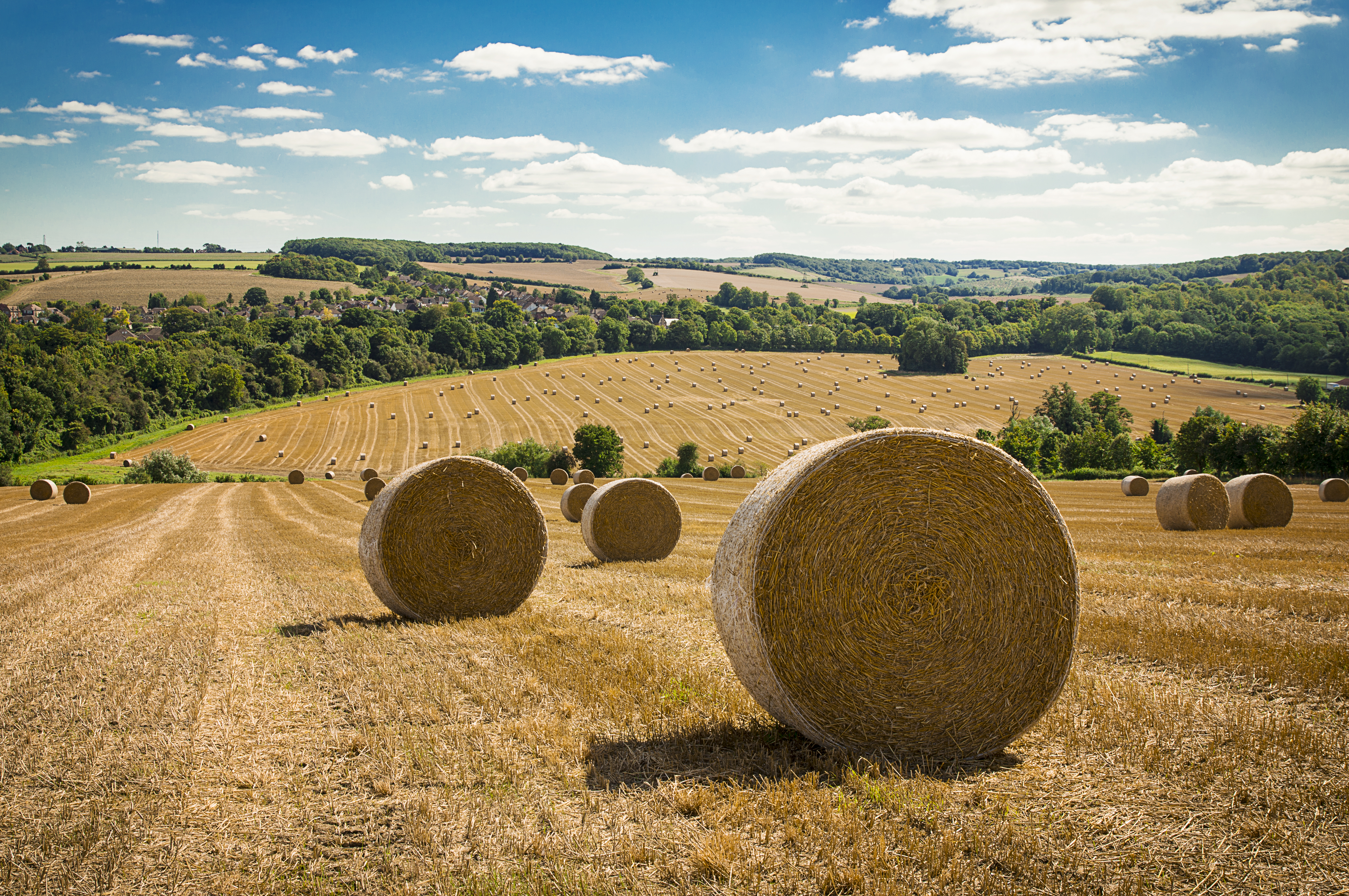 George Monbiot: 'Farmers need stability and security... Instead, they're contending with chaos'
George Monbiot: 'Farmers need stability and security... Instead, they're contending with chaos'The writer, journalist and campaigner George Monbiot joins the Country Life podcast.
By Toby Keel
-
 Country Life 30 April 2025
Country Life 30 April 2025Country Life 30 April 2025 is a glorious celebration of the country house in Britain, and the tale of its renaissance in the last fifty years.
By Country Life